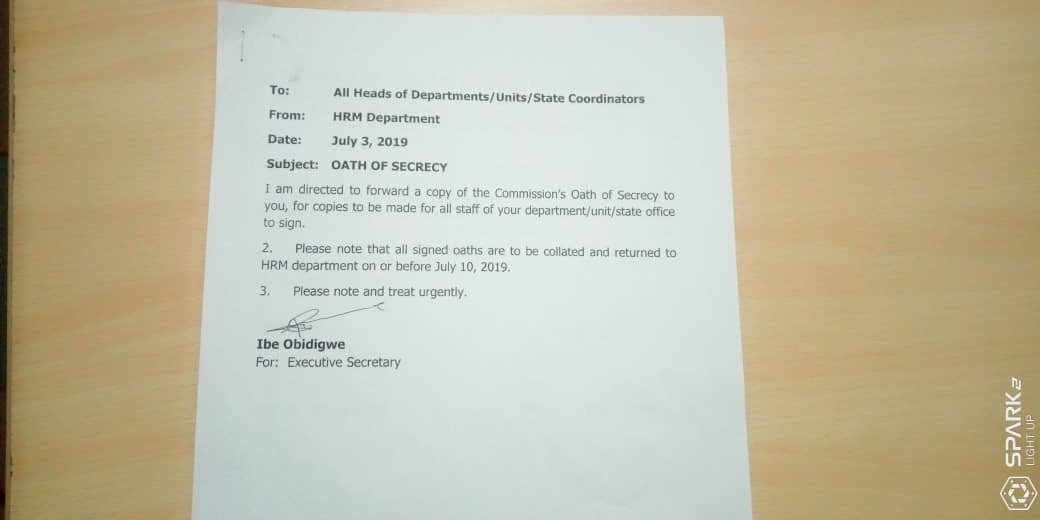In that decade, annual production and consumption numbers were generally between 230 and 280 KMT.
There are simply more "fast" options to eat your rice with than yams.
This is the same reason why noodles has gotten really popular.
#Rice is a grain, yams and cassava are tubers.
This makes rice cheaper in the long run, and better for when it's not in season.
In all of this talk we are still pretending not to know that storing farm produce in #Nigeria is tough, and getting them to the cities from the farms is even tougher.
The losses make for grim reading.
#Nigeria's population is presently estimated at 200 million and rising at a rate of more than 3%.
Rice production rate has been rising at less than 3%.

Please watch the @sbmintelligence video on this subject for more
















